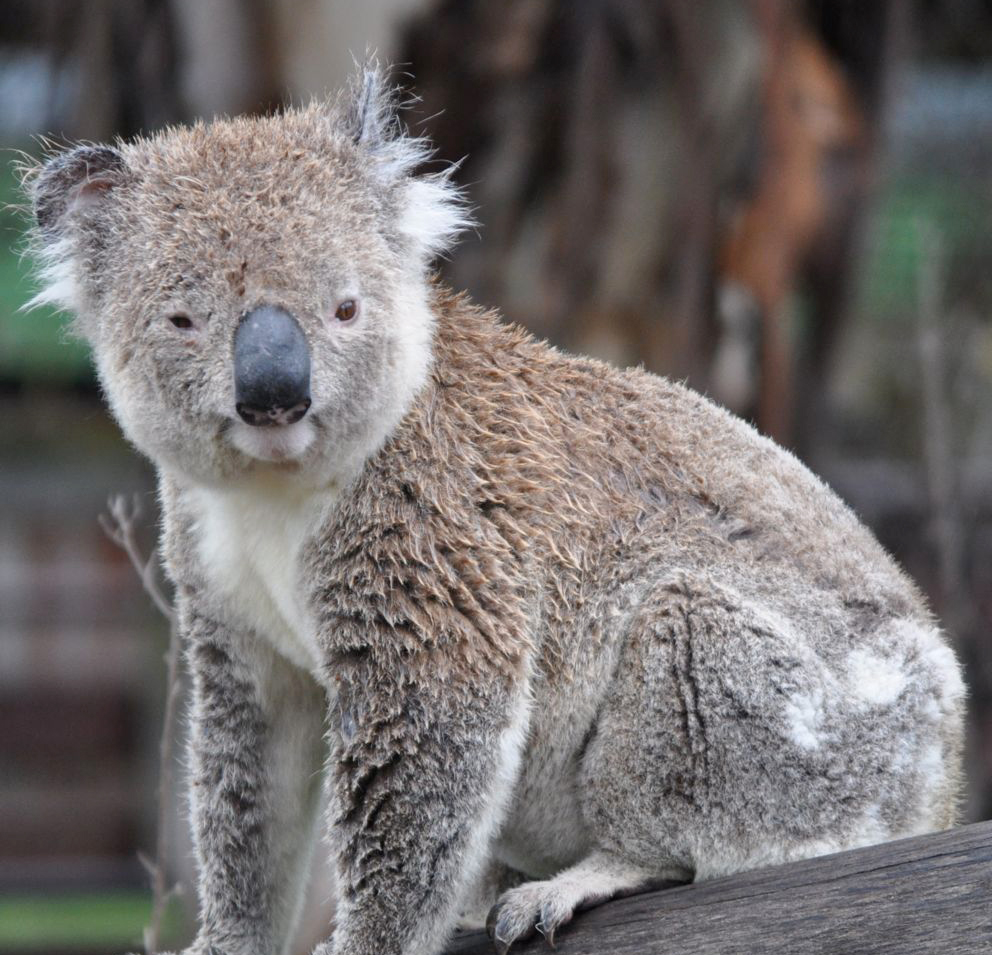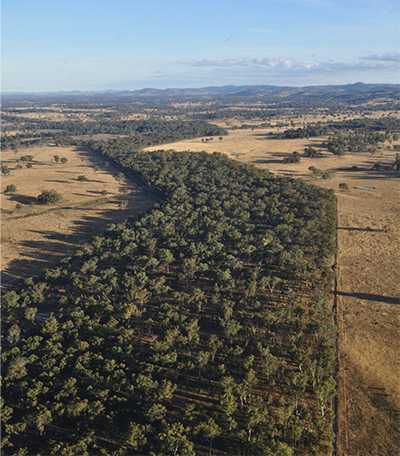
E very Tree Counts is the name of our new landscape-scale project. The aim of the project is to raise funds and build partnerships to address landscape-scale environmental issues in New England. We intend that this project will guide the Tree Group’s work for the next 30 years.
View our brochure here. Every Tree Counts
Every Tree Counts will concentrate on connectivity, koalas, dieback and carbon.To address these themes, we will do what we do best: plant trees, look after bushland and educate the community. We will be guided by the best science available to make sure our actions address the themes effectively. The design, location and species selection will be tailored to the theme that any individual project is addressing. Where possible, projects will address multiple themes.
Corporate Supporters
Armidale City Centre Motor Inn is Australia’s first certified Carbon Neutral accommodation provider.
The owners are dedicated to their ongoing environmental program and offer guests the ability to offset their stay by donating to Every Tree Counts.
Connectivity
As the landscape has been cleared and fragmented, it has become harder for animals and plants to move through the landscape. Animal populations in small remnants are very vulnerable to fire, drought and storms if they can’t easily move to other patches. Increasing connectivity means planting new vegetation to make it easier for animals and plants (as seeds or pollen) to move through the landscape. Improving connectivity is one of the main things we can do to help our wildlife adapt to climate change.
Koalas
Koalas are located throughout the Northern Tablelands, but in low numbers. It is important that koalas can move through the landscape to seek food and water, particularly in times of drought and heatwaves. Plantings of food trees in strategic locations can help them move around the landscape. Looking after their forests and woodlands ensures they have somewhere to live.
Dieback
New England Dieback caused the loss of millions of trees in the 70’s and 80’s. Dieback is not a disease as such; it is when trees are hit by multiple stresses (insects, soil compaction, mistletoe, drought) and use up all of their resources before they can recover. Major changes in microclimate, fertiliser use, loss of predators and parasites of insects and lack of regeneration are all factors contributing to dieback. One of the best things we can do is replace the trees that are lost, reconnect patches of trees and increase plant diversity by planting shrubs and understorey species. Maintaining and improving existing trees is equally important.
Carbon
Trees are almost 50% carbon, taken directly from the atmosphere as carbon dioxide in exchange for oxygen. Planting trees can help reduce greenhouse gas levels in the atmosphere by storing carbon in wood, litter and soil. For individuals and businesses seeking a genuine and tangible means to offset their carbon footprint, contributing to Every Tree Counts is a great start.







